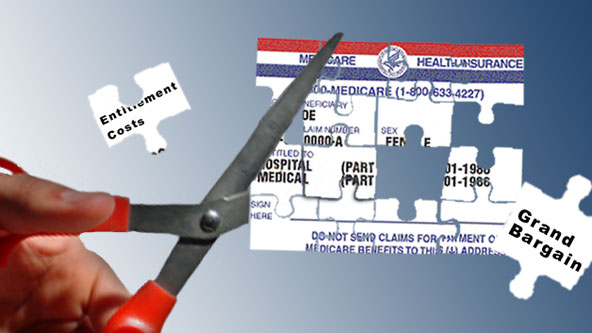Learning about the different medicare plans will assist you to make your best decision for health insurance.
Making sense of Medicare can be quite challenging for senior citizens. Most of the time, they get help from their children, or those who already have coverage. Those living independently can go to their public health or community services office to seek assistance when it comes to Medicare.
For starters, everybody who has paid Social Security for ten years are qualified for Medicare when they reach the age of 65. In fact they automatically become Medicare beneficiaries when they hit 65, unless they decide to opt out. The standard Medicare coverage is called Medicare Part A and Medicare Part B. Part A covers a portion of the hospital bills while Part B covers a portion of doctors’ fees and medical services other than hospitalization.
There are two other types of Medicare insurance – Medicare Part C and Medicare Part D. There are also supplementary plans that fill the gaps that the major plans (A, B, C, and D) do not cover. Incidentally, they are also named after letters of the alphabet. Medicare Part D is the drug prescription insurance coverage and comes with a minimum premium. Medicare Part C is also known as the Medicare Advantage plan. These are plans offered by private health insurance companies covering the same things covered under Parts A, B, and D.
Many elderly beneficiaries find that they get better value from a Medicare Advantage plan or Medicare Part C. As mentioned, these plans are offered by private health insurance carriers and are regulated by the government. Companies offering Medicare Advantage are required to provide coverage that is the same as the original Medicare Part A and Part B coverage. Medicare Part D is an optional coverage meaning the beneficiaries have the option to retain the government-sponsored Part D, or purchase a Medicare Advantage plan that offers prescription drug coverage.
Depending on the plan provider and whatever add-ons may be offered, Medicare Advantage plans typically cost just the same as the original Part A and Part B coverage. The premiums for Medicare are already being deducted from the beneficiary’s Social Security pension checks. Medicare Advantage plans operate like the individual health insurance coverage purchased by people who do not have employee-sponsored health care. They can have different premiums, deductibles, coinsurance, copayments, and out-of-pocket limits. You do not want to go for low premiums on Medicare Advantage because that would mean higher costs in terms of deductibles, co-insurance, co-pays, and out-of-pocket expenses.
If you are planning to opt out of the standard original Medicare coverage in favor of Medicare Advantage, you have to be very careful when choosing your plan and your provider. Carefully read the plan features and their costs. Pick three different insurers and compare their Advantage plans before deciding on the one that will suit you best.
Medicare Advantage may be a better option than the original Medicare under certain circumstances. For instance the standard Medicare coverage does not include prescription coverage, and beneficiaries would have to elect Medicare Part D for this (which has a monthly premium of $40). On average, there are over 82 percent of insurance providers offering Medicare Advantage plans that already have drug coverage.
Medicare Advantage may also be more advantageous if you would like to place a limit on your out-of-pocket health spending. Original Medicare coverage does not come with an out-of-pocket maximum. You would have to pay a part of the cost whenever you use the plan. Medicare Advantage Plans have an out-of-pocket maximum of about $6,700 annually. This means that once this maximum is reached, the insurer will pay for all the health care expenses of the beneficiary.
There are Medicare Advantage plans that cover more than the original Medicare plan. With the standard original Medicare plan, beneficiaries would still need to purchase supplemental coverage, or what’s known as Medigap plans to pay for out-of-pocket expenses, which would already be covered under an Advantage plan.
Medicare Advantage is the right plan for people who would like to be covered for vision and dental services, nursing home care, or assisted living facilities. Original Medicare does not cover all these services but there are Medicare Advantage plans that do, although beneficiaries would have to pay a higher premium rate.
Medicare Advantage also offers more flexibility in terms of choosing your medical care providers from doctors, hospitals, clinics, and others. Beneficiaries also have the choice of the type of health plan to purchase, which may be a PPO, an HMO, or a reimbursement plan.


